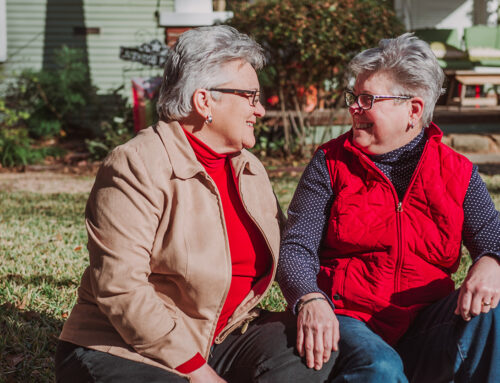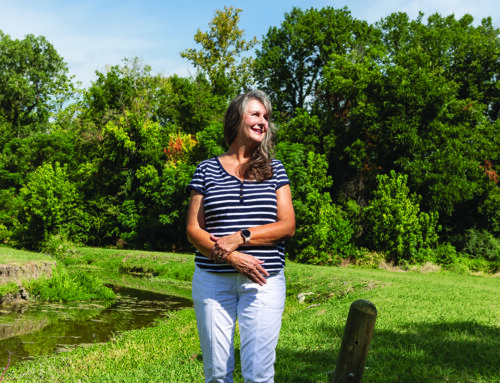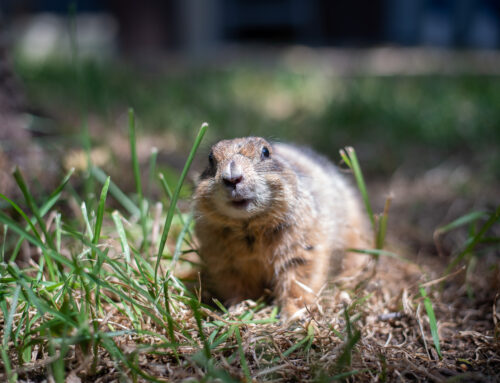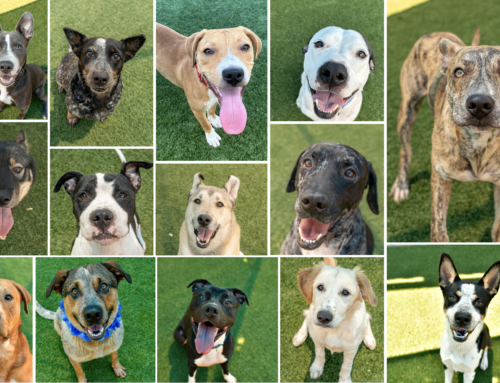Pets play an important role in a child’s life. They offer unconditional love, companionship, responsibility and an educational experience. The key is selecting the right pet at the right time.
If your family has made the decision to expand by adding a pet, the children must know an animal is not a toy – it has feelings, it can get hurt, it needs food, water, exercise and, of course, lots of love.
I will never forget my orientation at the SPCA years ago. The shelter manager took the volunteers back to a puppy in a cage. As it moved to greet us, we noticed it was dragging its back legs. The shelter manager said the puppy was paralyzed because a child mistakenly assumed the puppy was like his stuffed animal and threw it down a flight of stairs.
It’s a very graphic way to make a point, but that puppy has stayed in my thoughts for nine years. In fact, the SPCA has a policy of not adopting puppies or kittens (six to eight weeks old) to families with children under six years of age. Not always a popular policy – but sometimes necessary.
Young children do not understand the word “responsibility,” and a parent should not use a living creature as a test. The primary care of the animal must be the adult’s, with the child learning by helping.
If you are not prepared to add another chore to your ever-increasing list of to-do’s, by all means, don’t adopt a pet. Time is a factor. Puppies require house-training and walks. Not easy to do if you barely have time to get dinner cooked, homework started, clothes washed – you get the picture.
Gerbils, guinea pigs, hamsters, canaries and rabbits make great pets. Children love watching these animals build nests, drink out of a spigot and run on a treadmill. But hamsters nip and rabbits can scratch with their hind feet, so be sure your child is careful with these animals.
Don’t overlook older dogs and cats – they still have plenty of good years and are usually calmer and more “child-resistant” than a younger pet.
If you decide on a dog, and your child is at least nine years old, send your child along with the dog to obedience school. It will teach both valuable lessons, and this responsibility will build self-esteem in your child.





